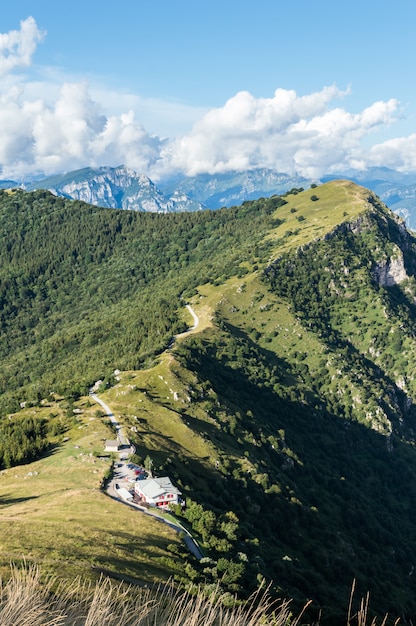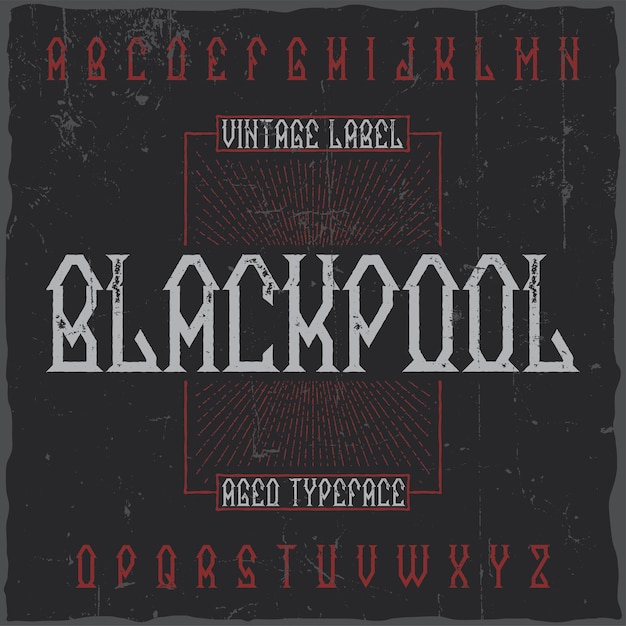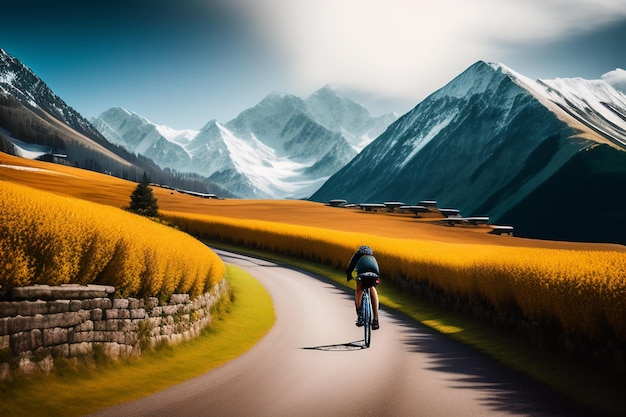
Heading north towards the wilder shores of Lanzarote, you might easily overlook Finca de Arrieta. This eco-village, with its low stone villas, cottages, and yurts, blends perfectly into the landscape, nestled against extinct volcanoes and just a short walk from the popular surfer’s beach, Playa la Garita. Established in 2007 by English couple Michelle and Tila Braddock, this 30,000 square meter eco-village offers 17 different types of holiday accommodations, all powered by solar and wind energy.
Finca de Arrieta has everything you need for a relaxing and eco-friendly holiday in Lanzarote. The communal facilities include a swimming pool, a chill-out zone, a children’s playground, and an honesty shop. Fresh eggs are provided by the farm chickens, and a friendly donkey is always happy to greet guests, especially those with a carrot or apple.
A short walk away is the coastal village of Arrieta, which has a more local feel compared to the busier resorts further south. Here, you’ll find a few streets of white houses overlooking the waves, along with shops and seafood restaurants.
Finca de Arrieta began as a farm, with the old ruined house now forming the Eco luxury farmhouse, a windmill (now the Eco-tower), and water tanks used to collect rainwater (now the swimming pool). Over the years, the Braddock family has added Mongolian yurts and stone cottages, making it one of the most eco-friendly places to stay in Lanzarote. In addition to Finca de Arrieta, there are other holiday properties for rent under their umbrella company, Lanzarote Retreats.
The furnishings at Finca de Arrieta are a blend of eco-chic Balinese and surfer-style, with colorful artwork and furnishings. Thoughtful services ensure a relaxing start to your holiday, including VIP airport transfer and the use of a Toyota hybrid car with some accommodations. A welcome pack provides basics for your stay, and boxes of provisions can be arranged. Regular Paella and Cava nights are held for guests to get to know each other.
We stayed in Eco Casita at Finca de Arrieta, a single-story cottage built of volcanic stone, with an open layout, outdoor dining table, and private garden area. It was the perfect size for us as a couple, although families can use the sofa bed or add a 3-meter yurt in the garden for extra sleeping space.
Our cottage was surprisingly roomy inside, with a well-equipped kitchen/dining area, tiled floor, additional storage cupboard, and a sofa. We appreciated the friendly touches, such as a selection of coffee and other foods in the welcome pack and local wines left in the cottage for us to purchase. A glass water bottle was provided to refill at the honesty shop, and three kitchen bins allowed us to sort and recycle our waste.
Eco Casita’s dining area opens directly into the bedroom, which has a wardrobe and king-size double bed. Everything is stylish and comfortable, with high-quality bed linen, pretty cushions, and a big fish made of reclaimed wood as artwork. The relaxed style of Finca de Arrieta blends traditional Lanzarote whitewashed walls with a touch of Bali in the polished wood floors and rattan roofing. Mosquito nets are provided, although we didn’t have any problems during our December stay.
The semi-open bathroom, tucked around the corner of our bedroom, had a sink, toilet, and shower, as well as a chest of drawers for storage. The shower is powered by solar energy backed up by a battery, so we always had hot water.
Water is scarce on Lanzarote due to low rainfall and reliance on water desalination. Among the eco-initiatives at Finca de Arrieta was a large rubber bowl to catch wastewater from the shower, which we then used to water the plants. The owners have found many easy ways to involve guests in their eco-friendly mission, making it fun to contribute to the planet.
Through the French windows from the bedroom, there was a covered terrace with a dining table and chairs for al fresco meals. The only downside was the lack of wifi in the property, although it’s available in the communal area where you can work or check emails if necessary. For many, this could be a blessing, offering a break from technology, but for me as a blogger, it was a bit inconvenient, especially with phone coverage issues during the trip.
The tranquil turquoise swimming pools, once cisterns for gathering rainwater, are solar-powered, with a smaller one ideal for children. A shaded chill-out platform, showers, and changing rooms make this an ideal place to relax in Lanzarote’s year-round sunshine.
At Finca de Arrieta, you have the best of both worlds with private self-catering accommodation while feeling part of a community of other travelers. The communal kitchen and dining area are useful for groups staying in separate accommodations, providing a place to hang out and eat together, as well as giving access to wifi.
The information hub, located next to the communal kitchen, is manned for several hours a day to help with any inquiries. This is the place to pick up leaflets and information about things to do around Lanzarote.
Next door is a small honesty shop with basic supplies of food and ice creams, so you don’t have to worry about a big supermarket shop on your first day. The honesty system allows you to note anything you’ve taken and pay your bill at the end of your stay. The shop also sells locally produced Aloe Vera products.
Near the chickens and donkey enclosure is the children’s playground, with an old wooden fishing boat to climb inside and a trampoline. There’s a BBQ area next to the playground, perfect for families to gather and hang out together.
The Finca de Arrieta team has thought of everything to make for a relaxing stay, including Toyota Hybrid cars included with some properties. If you book a stay with this included, you’ll get a VIP transfer to and from the airport and the use of the Toyota Hybrid during your stay. At the end of the holiday, you just refuel the car and are driven back to the airport in time for your flight, avoiding the long queues for car hire at the airport.
Near the entrance to the Finca stands the resident eco-guardian, a centaur made of driftwood commissioned from a local artist. The owners of Lanzarote Retreats, Michelle and Tila, presented the sculpture in 2017 to celebrate the 10th anniversary of Finca de Arrieta. It presides over the children’s cactus garden.
The whole eco-village is beautifully planted with native cactus, palms, and other flowering plants. Guests can also contribute to the garden by planting their own small cactus. The honesty shop provides baby cactus, gardening tools, and labels, so guests can plant their own cactus and mark the spot with their name and date.
Guests can enjoy saying hello to some of the animals at Finca de Arrieta. We visited the ducks and chickens, who were happy to have our food scraps, and in exchange, guests can collect a few fresh eggs. Molly the donkey also perked up her ears when we passed by, hoping for some tasty scraps. Molly started straying into Finca de Arrieta a few years ago and became a favorite with guests. The owners made a deal with the nearby farmer who owns Molly, allowing her to stay at the finca and give occasional rides to children.
During our stay, we explored some of the other accommodations available. Many guests enjoy their stay so much that they return time after time. The yurts at Finca de Arrieta, brought over from Mongolia by owner Tila, are a unique feature. They are surprisingly roomy and comfy, with proper wooden or tiled flooring and boutique hotel-style furnishings.
The Eco yurt royale is a 10-meter yurt that sleeps six people, with roll-down padded room dividers for privacy. It also has a covered but open-air kitchen and dining area and plenty of outdoor space to relax.
Other stone cottages include those in the tower at Finca de Arrieta, once a windmill for the farm. The top half of the old building has been converted into the Eco-tower accommodation, ideal for a couple looking for a romantic break with ocean views. The lower level of the old stone farm building houses the Eco garden cottage, offering spacious studio accommodation with a king-size double bed, additional sofa bed, kitchen, dining area, and lots of outdoor living space.
Although we stayed the whole week at Finca de Arrieta, it’s worth knowing that there are other apartments and villas available through Lanzarote Retreats. Villa Palacio has six bedrooms for extended family gatherings, and there are stone cottages in nearby Arrieta and Punta Mujeres villages, as well as apartments in Arrecife and Costa Teguise.
We enjoyed the short walk from Finca de Arrieta to Playa la Garita, one of the best surfing beaches on Lanzarote. The north of the island catches the winds from Africa, making it ideal for surfing. The waves at Playa la Garita are more manageable than those at Famara beach, making it suitable for all levels. Bodyboards and surfboards can be borrowed at Finca de Arrieta, and the concierge team can arrange lessons.
Right on the beach at Playa la Garita are a couple of great seafood restaurants. Our favorite was La Casa de la Playa, where we ordered an enormous paradilla or platter of mixed fish. This restaurant was always busy, with friendly and efficient service. Further up the beach promenade is the equally popular El Chiringuito restaurant, while in Arrieta village, we enjoyed excellent seafood at Restaurant Amanecer, which has a terrace overlooking the rocky seashore.
On the promenade above Playa la Garita is a cool camper van that doubles as a Mojito bar, serving a range of drinks and cocktails. It’s a great place to gather after a day on the beach or have a sundowner









